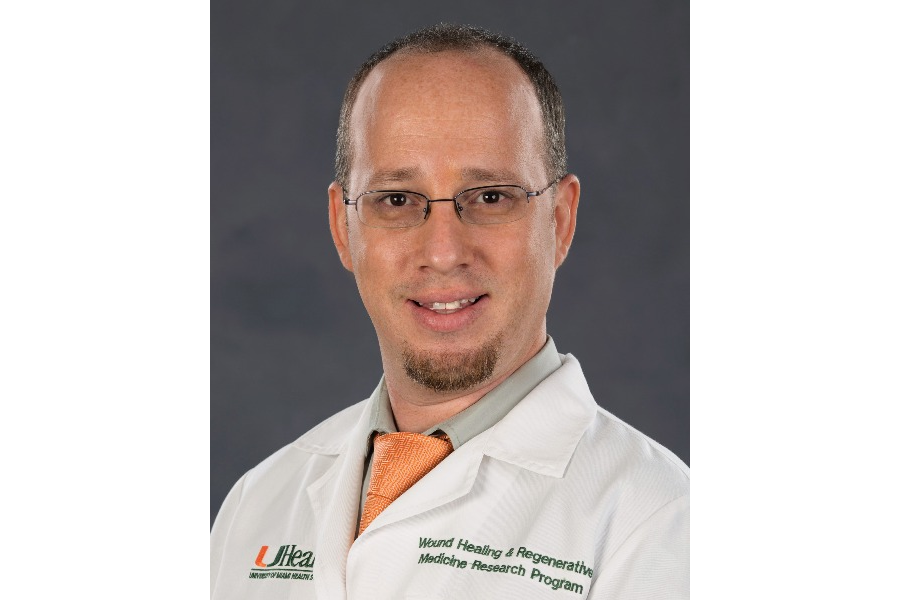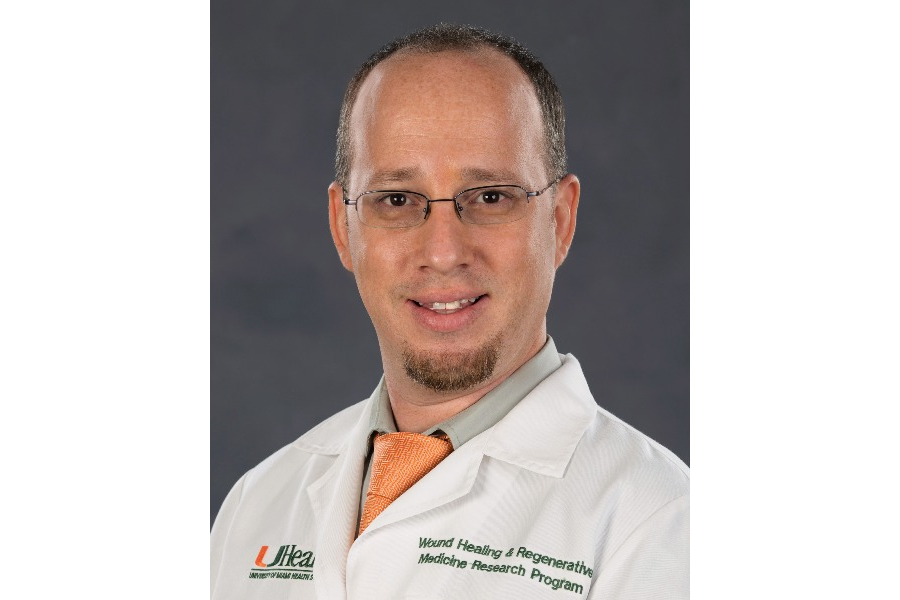Fistula Management: Frequently Asked Questions
October 29, 2020
By: Dianne Rudolph, DNP, GNP-BC, CWOCN
Editor's Note: On April 2, 2020, WoundSource hosted its first ever virtual conference, WoundCon Spring 2020. The conference hosted 13 CME/CE accredited sessions that were attended by over 6,000 health care professionals around the world. The response was so enthusiastic, we asked some of our speakers to answer the most frequently asked questions on their subjects. This is the fifth blog of a 13-part series; access the full series here.
What are some ways to achieve insurance coverage for fistula pouches or to use ostomy supplies for a fistula? We often run into the issue of supplies not being covered for Medicare or Medicaid patients.
Unfortunately, coverage is inadequate. CMS (Centers for Medicare & Medicaid Services) coverage for fistulas is limited for fistulas caused by or resulting from a surgical procedure, and even then, it may be difficult to get reimbursed. Spontaneous fistulas (15% to 25%) are generally not covered. The Wound, Ostomy and Continence Society is working on trying to effect a change in coverage. Some insurance companies may be more amenable to reimbursement, and it may require a case-by-case application or appeal. For patients being discharged home, it may be possible to secure a short-term supply of 10 to 14 days. The cost for the pouches may run $255 and up for a box of 10.
Ideally, how frequently fistula pouch should be changed?
Every three days is optimal. The average is two to four days, depending on the volume of effluent and activity of the patient.
In your presentation, were the two Foleys in the fistulas inflated? Good question. We thought about that but had concerns about increased pressure on the intestinal mucosa. We did not inflate the balloons.
Want to learn more about fistula management? Gain full access to the WoundCon Spring sessions and earn CE/CME credit at WoundSource Academy
What success have you seen with closure of a stomatized fistula using negative pressure wound therapy (NPWT) on 70 intermittent 5 and 2?
If the fistula is stomatized, then spontaneous closure is less likely. With more acute, smaller fistulas, this process of using 70 to 75 mm Hg of pressure for 5 minutes with 2 minutes rest has been demonstrated to work. I have seen this work for new-onset fistula on intermittent and continuous settings.
Does NPWT help with closing or collapsing the fistula? Does it have a reverse effect, such as excessively sucking out the bowel content?
The rationale for using NPWT on an acute fistula is that it helps to promote the formation of new tissue and in smaller or indirect tracts.
When separating the wound from the fistula, I understand using paste, etc. How is an exuding wound dried enough to get the ostomy paste to stabilize in place to keep the fistula drainage from leaking into the wound bed? I struggle in this area.
Yes, we all do, and you are correct; it is a challenge. The goal is to try to separate the fistula from the remainder of the wound bed. This can mean a moist base to which paste or Eakin rings may not adhere well. You can safely use Stomahesive powder to temporarily dry the surface enough to allow for adhesion.
Just a doubt—after insertion of the fistula tube (rectal or Foley), does it stay in place? A few fistulas were managed with a tube and NPWT. Does the tube not move or risk being misplaced?
With some of the more involved fistula patients, they were limited in their mobility so initially it was not an issue. As they became more mobile, it was necessary to ensure that the tubes were secure. Reinforcing the tubes at the exit sites or even gently taping to intact skin helped. Make sure that the tubing does not have any traction. A Foley stat lock device or tube stabilizer can also be used on intact skin to secure the tubing.
When cleaning a wound, what is the appropriate action for cleaning the fistula?
Irrigating with saline and using a tonsil-tip suction catheter can be very effective. You can also use most commercial wound cleansers (not skin cleansers).
About The Author
Dr. Dianne Rudolph is a nurse practitioner board-certified in Gerontological advanced practice nursing and as a wound, ostomy and continence nurse. She has been a nurse for more than 30 years with experience in trauma care, acute care, home care, hospice, long term care, rehab and wound care. She is very passionate about caring for adults and older adults with complex medical and wound needs. She has been a faculty member for several schools of nursing and is currently adjunct faculty at the University of Texas Health Science Center in Houston. She has presented multiple lectures and has published articles and book chapters on a variety of topics. She is currently working for South Texas Wound Associates, a practice which provides complex wound care for patients in the clinic, acute care and long term care settings.
The views and opinions expressed in this content are solely those of the contributor, and do not represent the views of WoundSource, HMP Global, its affiliates, or subsidiary companies.











